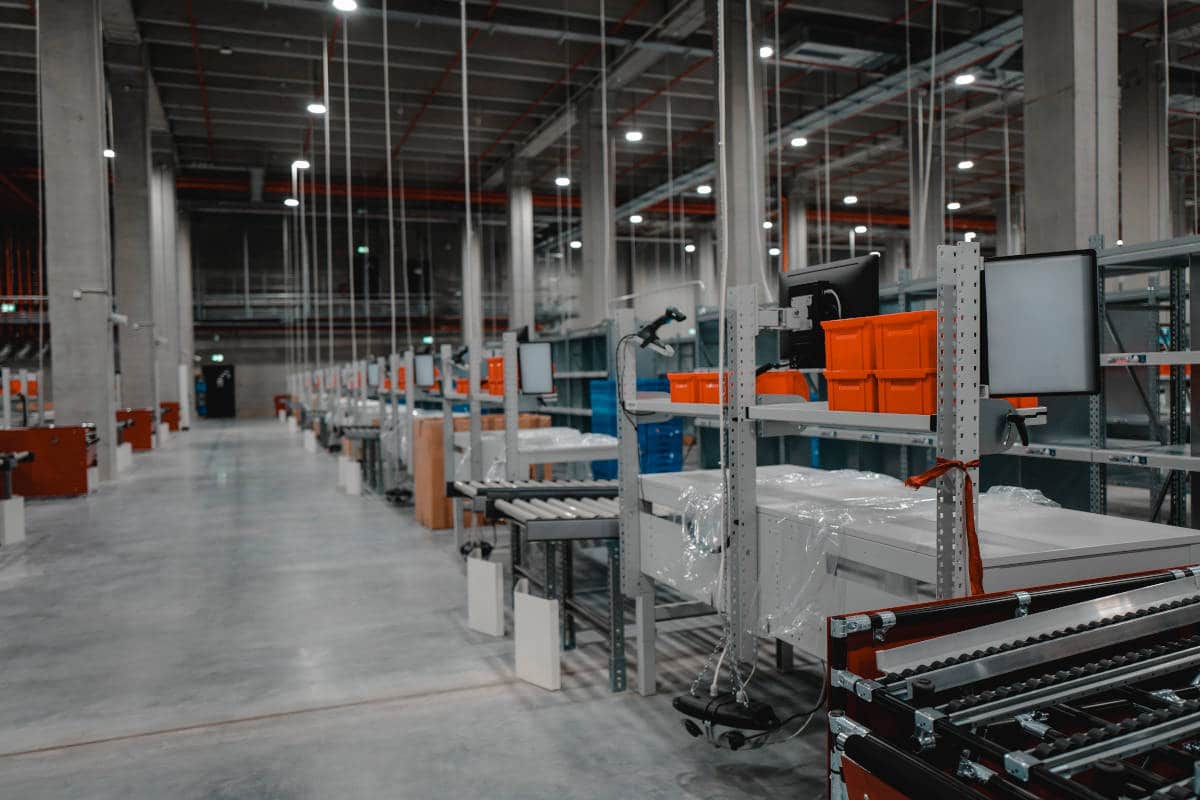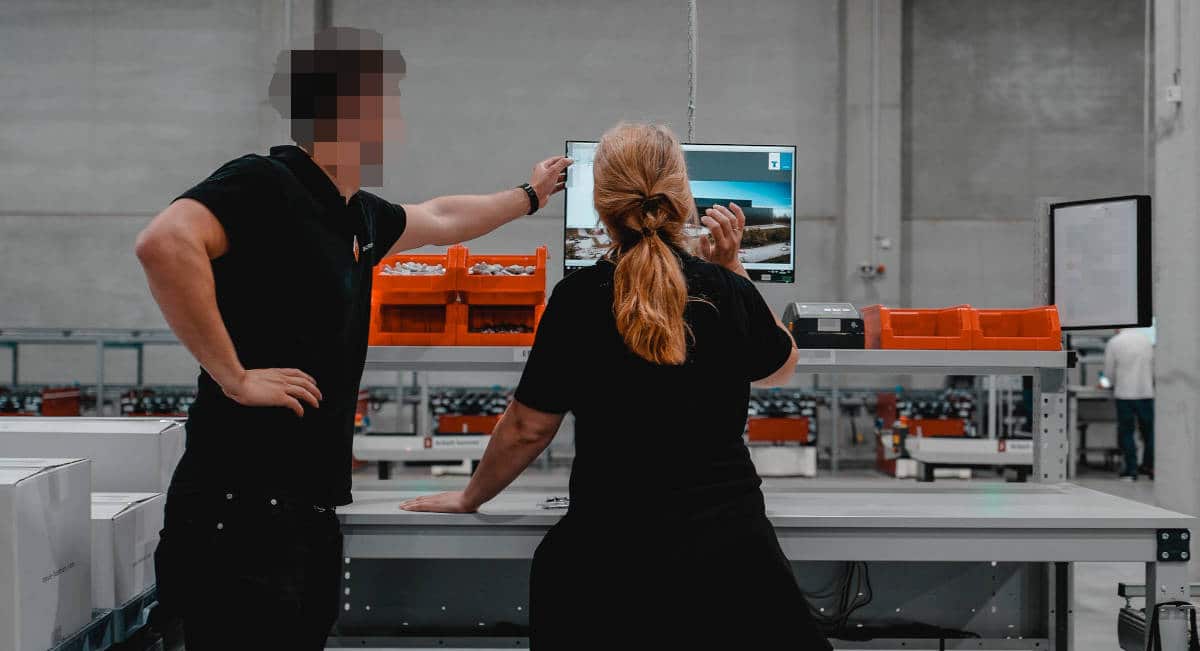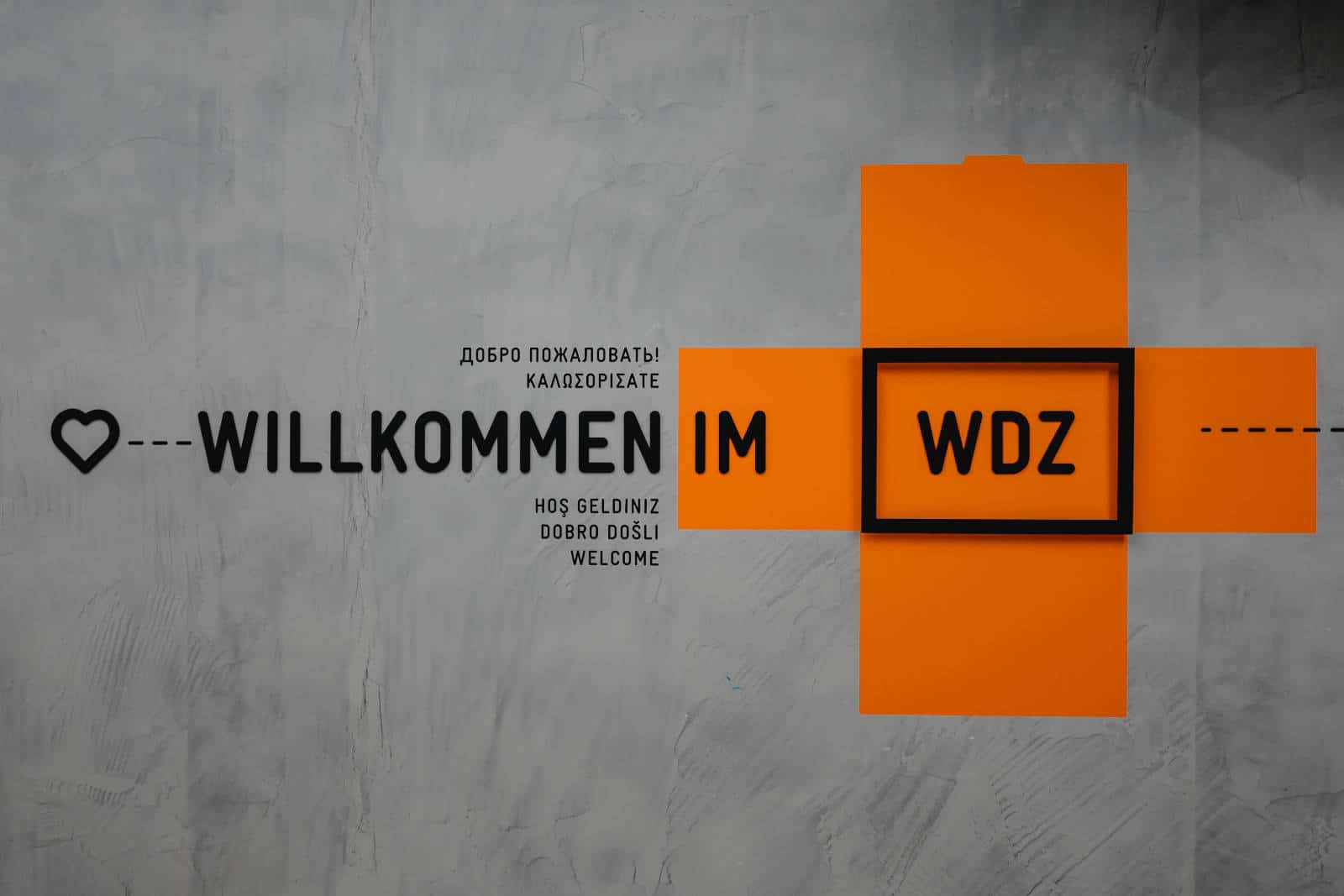Branch store delivery and direct customer delivery have their very own requirements. This duality must also be reflected in intralogistics. A new, large distribution center was to consolidate the three previous locations of the fashion company Breuninger. In addition to planning the materials handling and warehouse technology, the task was to find suitable software on the market for the very complex processes in warehouse management and control. Because it is certain, consumerism today has two sides – an analog and a digital one.
The starting situation of the project
Breuninger can look back on a long tradition. The fashion and lifestyle company has always relied on the “department store” principle and has left its mark on many a city center. Across Germany, the company operates a dozen premium department stores, led by the flagship store in Stuttgart. The Stuttgart-based company has also been active in e-commerce for some time. At the latest in 2020, when online retailing reached unimagined heights, the wisdom of this move became evident.
Previously, Breuninger solved store delivery and direct-to-customer delivery in a purist way: Three logistics locations with explicit alignment handled either one or the other variant. But the spatial separation entailed a lot of goods traffic between the warehouses. To reduce these costly transactions, Breuninger decided to move away from the previous strategy. A new, large distribution center in Sachsenheim was to combine the three previous locations. Both delivery variants were to be handled under the roof of a process-optimized multi-channel warehouse. The long-established Stuttgart-based company was faced with a major challenge. In addition to planning the materials handling and storage technology for automated processes, the task was to find suitable software on the market for the very complex processes in warehouse management and control. Due to the demanding, individual processes, only modular, adaptive software tailored to Breuninger was an option. During an intensive selection process, TUP was able to convince the company.

What aspects of the project were handled and which solutions were used?
Breuninger began the project in 2015 and planned it for five years from the outset. The building with a gross floor area of around 76,000 square meters was handed over in February 2019, and the warehouse went live on schedule in June 2020 despite restrictions imposed by Corona. Thanks to TUP’s modular approach, the warehouse could be intensively tested beforehand – while development was still ongoing. TUP was commissioned with the delivery and implementation of the specially tailored warehouse management system using “TUP.WMS” as a base. The solution covers the entire order processing of both shipping channels, from goods receipt (GR) to goods issue (GI). The distribution center has comprehensive automation technology with horizontal and overhead materials handling technology, driverless transport vehicles, automatic small parts warehouse and automatic container stackers in GI.
What was a core requirement for the TUP solutions
The top priority for the WMS was to optimize throughput times. After all, both efficiency at the point of sale (POS) and a positive customer experience are competitive advantages. The integration of the two retail channels can be compared to a fork in the road. Since goods handling has to be designed in the same way in terms of process and software: One way leads into the warehouse, two lead out. The preparation for the sales floor of the Breuninger stores already takes place in the logistics center by packing the goods sorted by departments and in an optimzed packing order. Orders are shipped the following day at the latest. The ability to act quickly also ensures that the department stores are supplied with planned inventories with pinpoint accuracy.

Against the backdrop of online retailing, TUP not only introduced a new returns process, but is also using it to streamline Breuninger’s warehousing and speed up its e-commerce fulfillment. When added to inventory, “TUP.WMS” checks whether the item is part of a waiting customer order. Returns can be put back on track immediately. With the shortened order feed, order management has also been refined. Orders are increasingly controlled via priorities, and customers who have been waiting longer are now given priority.
What were the special features of the project?
When designing an efficient event chain, the focus was also on user guidance. The goal was to make the processes and instructions directly accessible to employees of every experience level in order to ensure the required productivity and quality by the operator on a permanent basis. This requirement is realized by TUP through supporting packing dialogs. Pickers, packers, and the returns receiving department are given continuous visual support in the form of product images so that products can be compared directly.

In the area of intensive reprocessing, the system provides not only detailed material overviews but also specific instructions for handling the material. What was previously only possible via documentation that was not directly available or through the experience of veteran staff can now also be carried out by less experienced personnel using directly displayed instructions:
- How to attach the theft safeguard for individual products
- Which safeguard this should be.
- What kind of hanger the product should have, which sometimes also differs per store.
All this is mapped appropriately for respective store in high detail. Breuninger thus benefits from far more flexible scheduling options in the personnel sector as well as substantial time savings in the reprocessing workflows.
The outlook
With the Warendiensleistungszentrum, WDZ for short, Breuninger Sachsenheim is positioning itself in an outstanding way in the European warehousing landscape.
On the one hand, the location combines the areas of goods processing, supply of the bricks and mortar retail trade and online shipping as well as other business areas such as content production (incl. photo and text studio), Breuninger confectionery, supplier returns, administration and an employee canteen.
On the other hand, the new warehouse of the full-range retailer can be described as a flagship project with its focus on fulfilling a multi-channel approach. With the help of the software, which was created exclusively for the Stuttgart-based company, TUP enables the fashion and lifestyle company to handle online shipping via a single logistics center in addition to supplying the individual stationary department stores in Germany. Breuninger is thus ideally prepared for the challenges of this volatile market.
This report originally appeared in issue 03/22 of the trade journal “Technische Logistik” (German) and is available as a PDF download (German).

